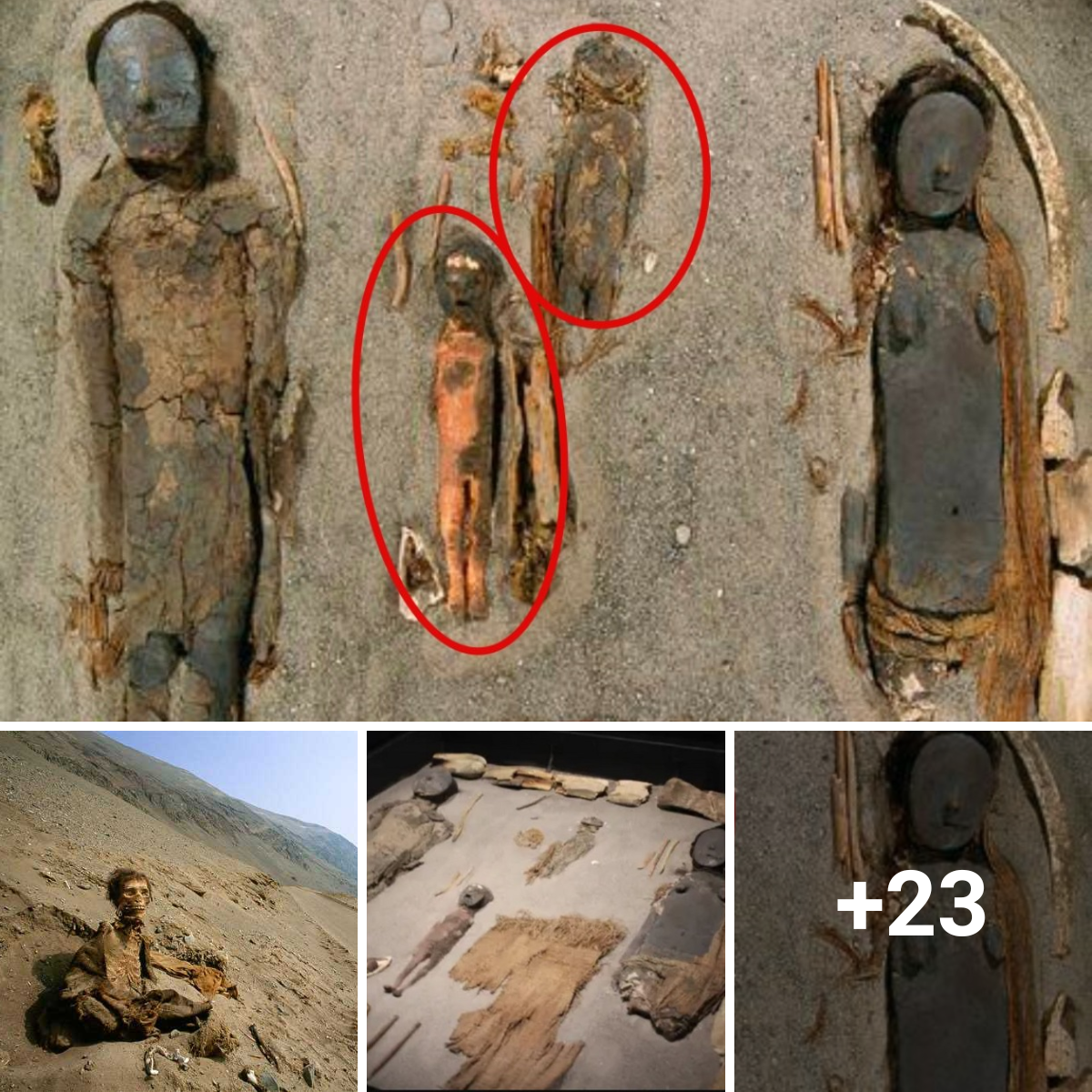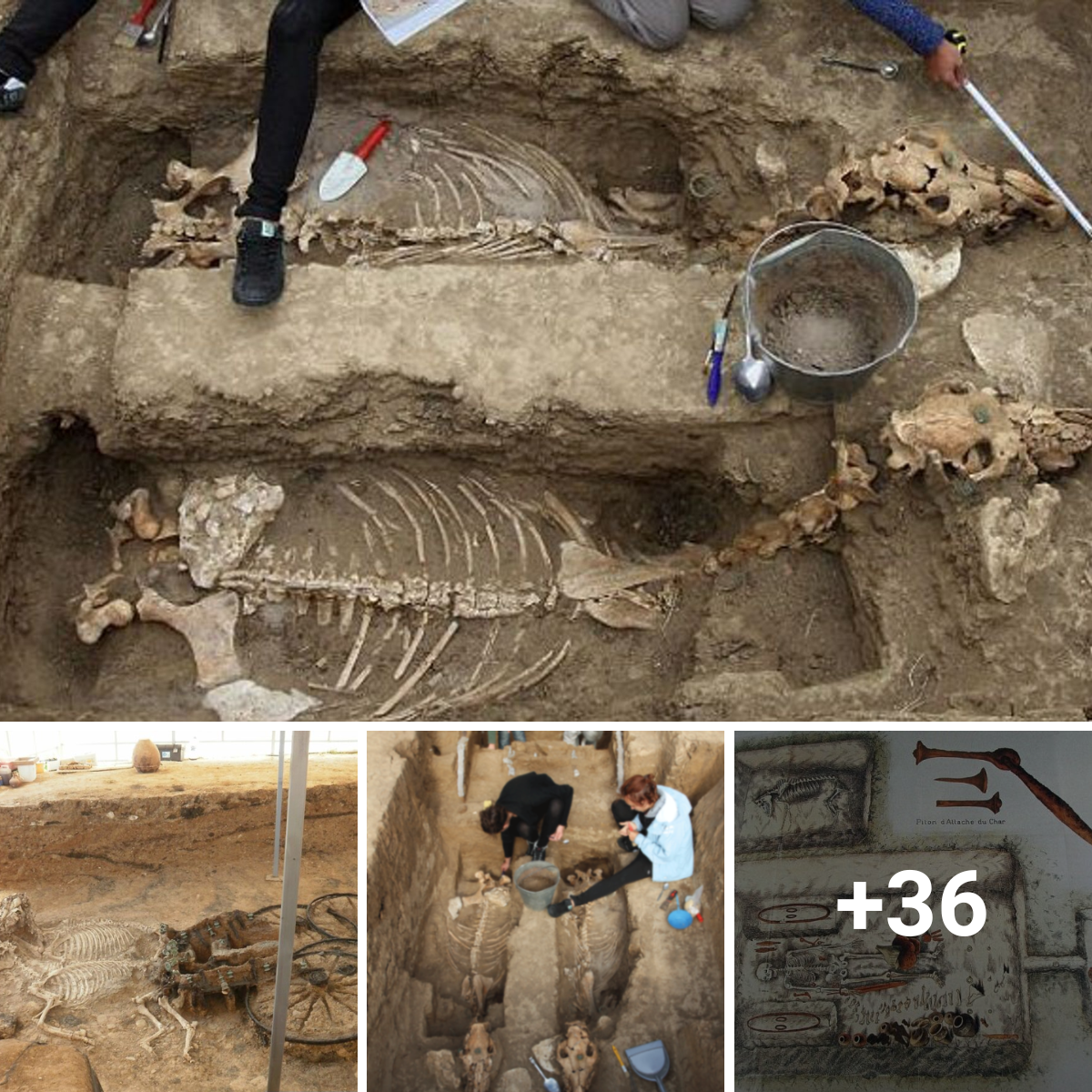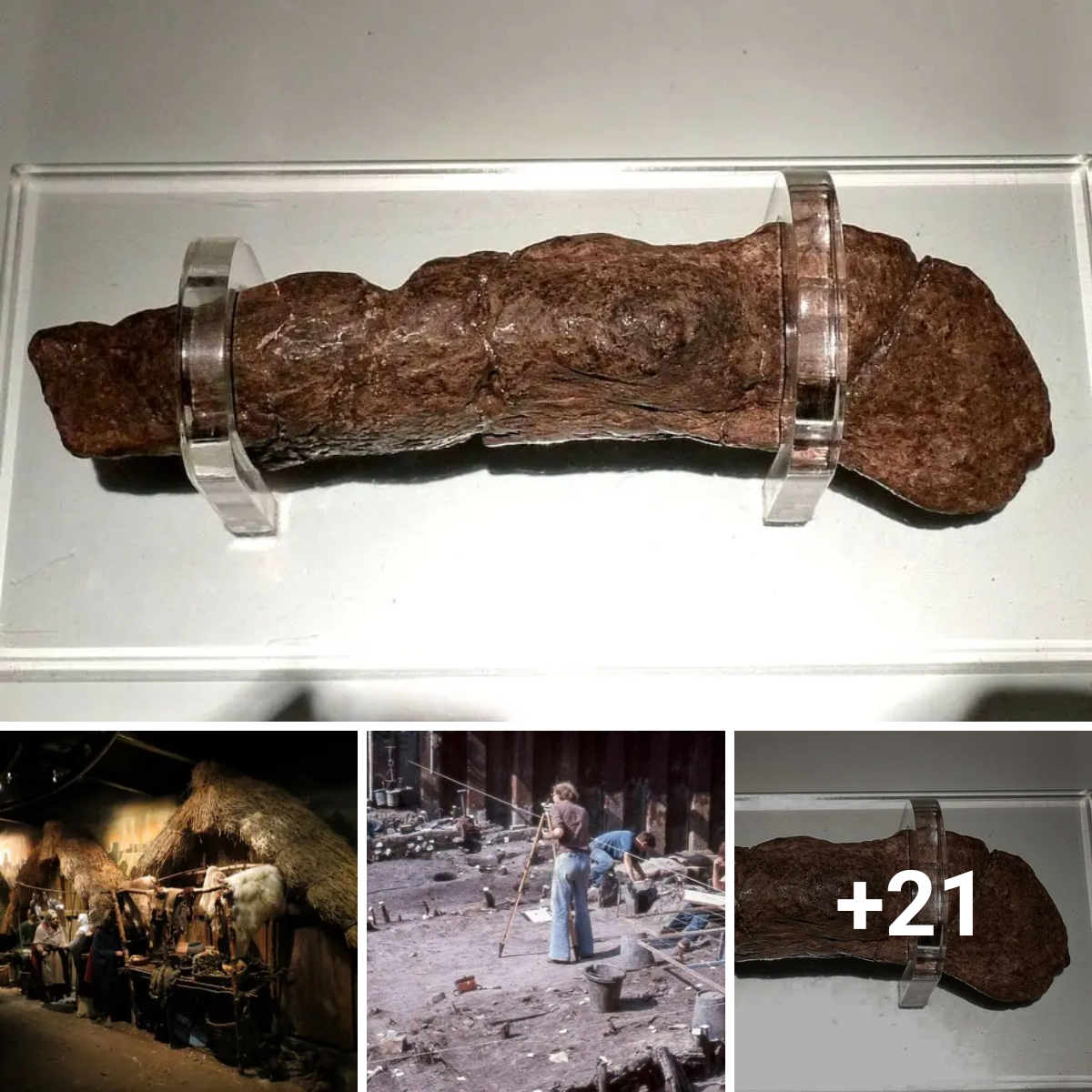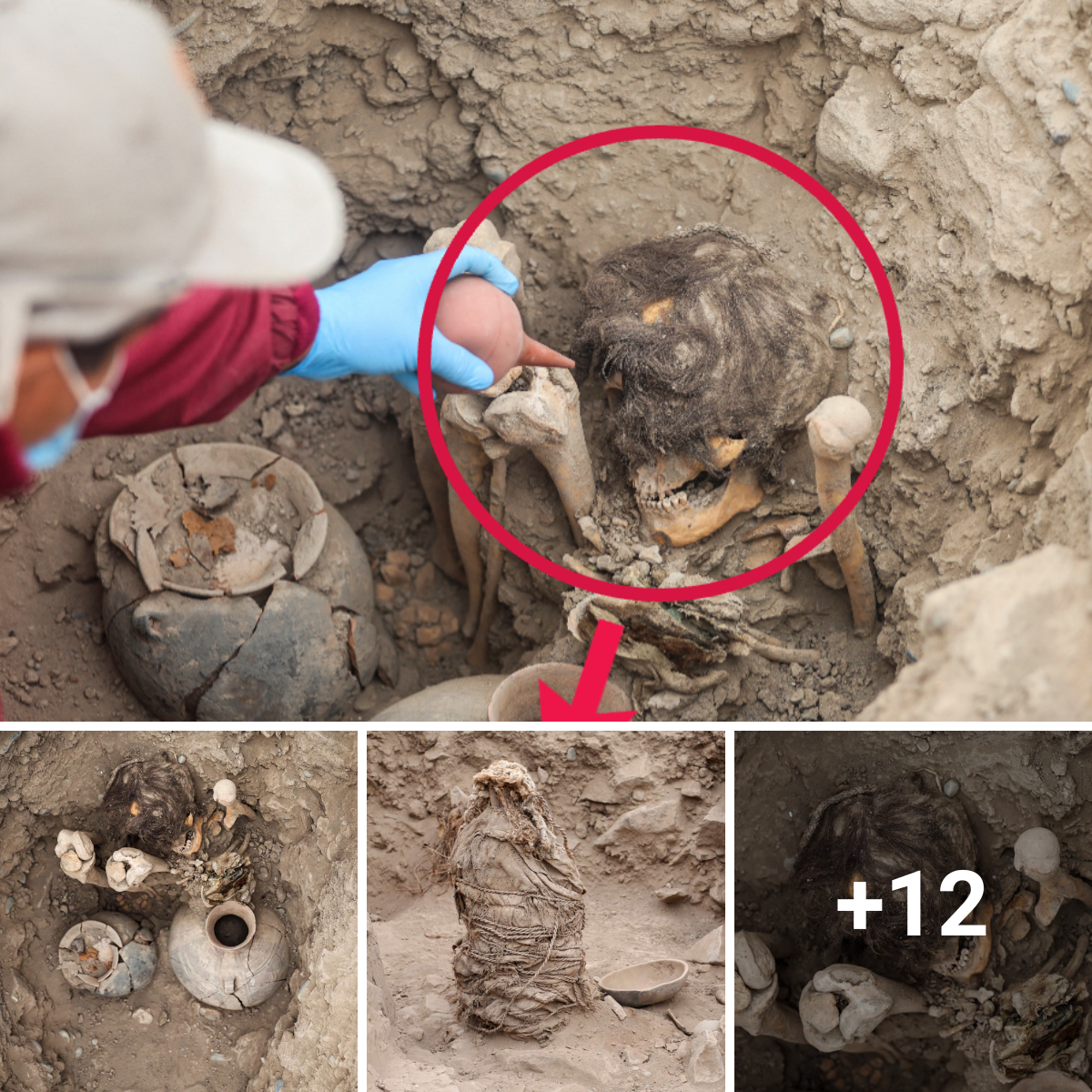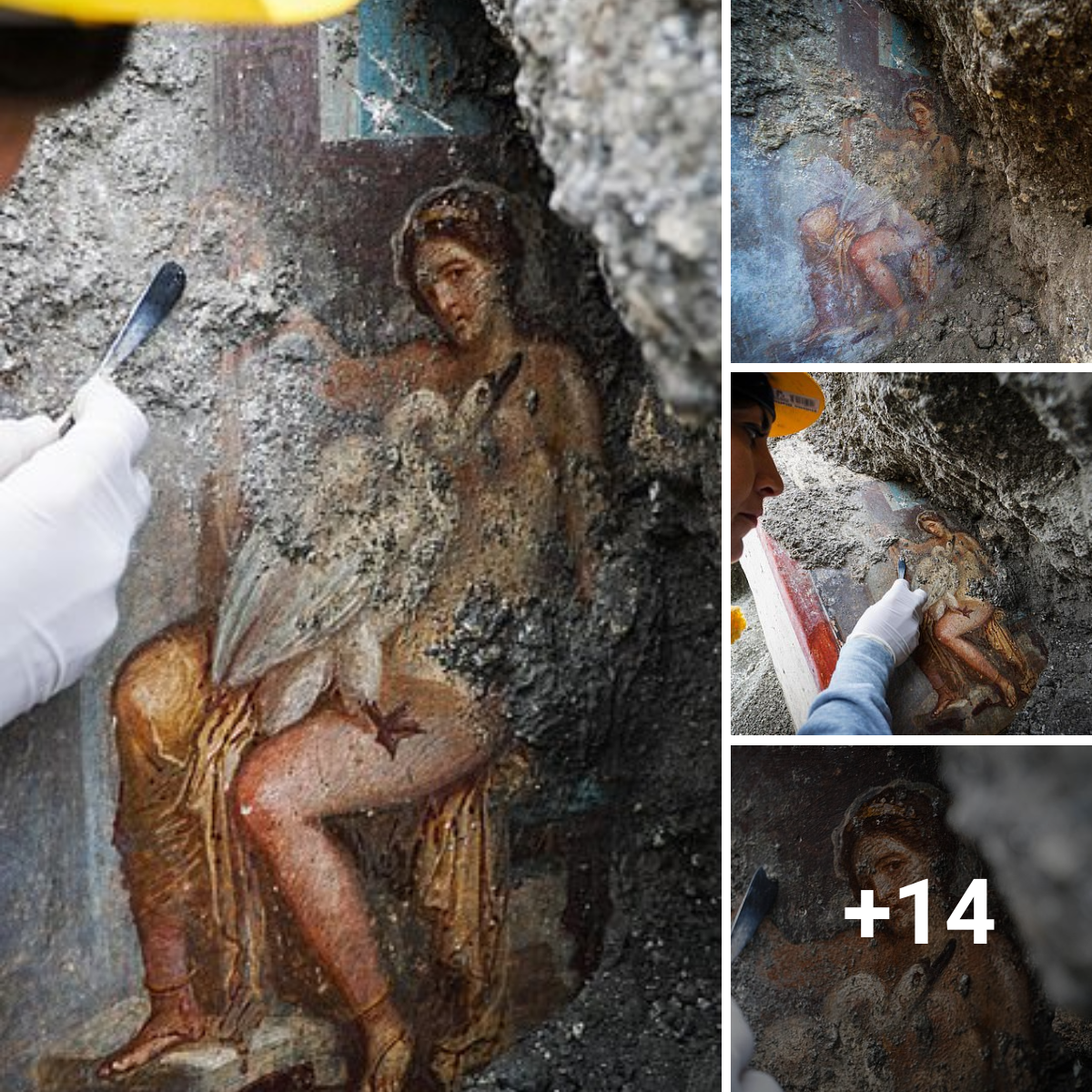Genetic analyses of Celtic burial mounds dating back to 500 BC in Baden-Württemberg have revealed close familial ties among Celtic elites, providing new insights into their power structures.

This new research, a collaboration between the State Office for the Preservation of Historical Monuments in Baden-Württemberg and the Max Planck Institute for Evolutionary Anthropology (MPI-EVA) in Leipzig, offers a glimpse into the kinship and political dynamics of early Celtic societies.
Unearthing Celtic Ancestry
The pre-Roman Iron Age Celts left behind an impressive archaeological legacy, including grand burial mounds filled with valuable artifacts. Recent genetic studies have reconstructed the genomes of individuals from several burial mounds, including the prominent sites of Eberdingen-Hochdorf and Asperg-Grafenbühl. These mounds, known for their rich gold finds and elaborate bronze vessels, are among the most significant burial sites in German prehistory.

Visualization of the central grave/main burial of the Hochdorf mound in Baden-Württemberg. (© Landesmuseum Württemberg, FaberCourtial; Thomas Hoppe,scientific re-construction. (MPG)
Researchers have confirmed that the two princes buried in these mounds, located about 10 kilometers (6.5 miles) apart, were closely related. Dirk Krausse of the State Office for the Preservation of Historical Monuments commented on the long-held suspicion of their kinship, which has now been substantiated through genetic analysis. By sampling teeth and skull bones from the inner ear, scientists sequenced the DNA of 31 individuals, revealing the close relationship between the two central burials.

Decoding Dynastic Succession
The genetic analysis established that the two princes were uncle and nephew. Specifically, the sister of the Hochdorf prince was the mother of the Asperg prince. This discovery suggests that political power was inherited through biological succession, akin to a dynastic system. Stephan Schiffels from MPI-EVA highlighted that the precise death dates, age estimates, and genetic similarity pointed to this familial connection.
The study also found evidence of broader familial networks among the Celts in Baden-Württemberg. Relationships were detected not only among individuals from the two primary mounds but also from the more distant Magdalenenberg mound, constructed about 100 years earlier. Joscha Gretzinger from MPI-EVA noted that political power within these societies was likely reinforced by biological kinship, creating a vast network of related elites.

Rich gold finds and a hat made from birch bark from Eberdingen-Hochdorf. (© Landesmuseum Württemberg, P. Frankenstein/H. Zwietasch/MPG)
Connections Beyond Baden-Württemberg
The research extended beyond local kinship ties to explore the broader genetic origins of the Celtic individuals. Analysis indicated that their genetic makeup was primarily linked to present-day France, aligning with the geographical spread of the Celts throughout southern Germany during the Iron Age. Additionally, some individuals exhibited genetic markers from Italy, corresponding with the Mediterranean styles of various grave goods.
This genetic diversity underscores the extensive interactions between the Celts and other European populations, facilitated by trade and cultural exchanges. The study’s findings contribute significantly to our understanding of European history in the Middle and Late Iron Age, periods that are challenging to study due to the scarcity of written sources compared to later epochs like the Roman and Early Medieval periods.
A Puzzle Piece in European History
The reconstruction of these ancient genomes not only confirms theories about Celtic dynastic structures but also enriches our comprehension of their social and political systems. The evidence of inherited power through biological succession provides a clearer picture of how early Celtic societies organized themselves and maintained their influence over time.
In summary, the genetic analysis of Celtic burial mounds in Baden-Württemberg reveals that kinship played a crucial role in the power dynamics of early Celtic elites. This research highlights the importance of biological relationships in the succession of political power and offers a deeper understanding of the complex networks that underpinned Celtic society. The findings bridge a gap in our knowledge of Iron Age Europe, shedding light on the intricate interplay between genetics, culture, and politics.
This article is based on the press release ‘Kinship and ancestry of the Celts in Baden-Württemberg, Germany’ by the Max Planck Institute for Evolutionary Anthropology.
